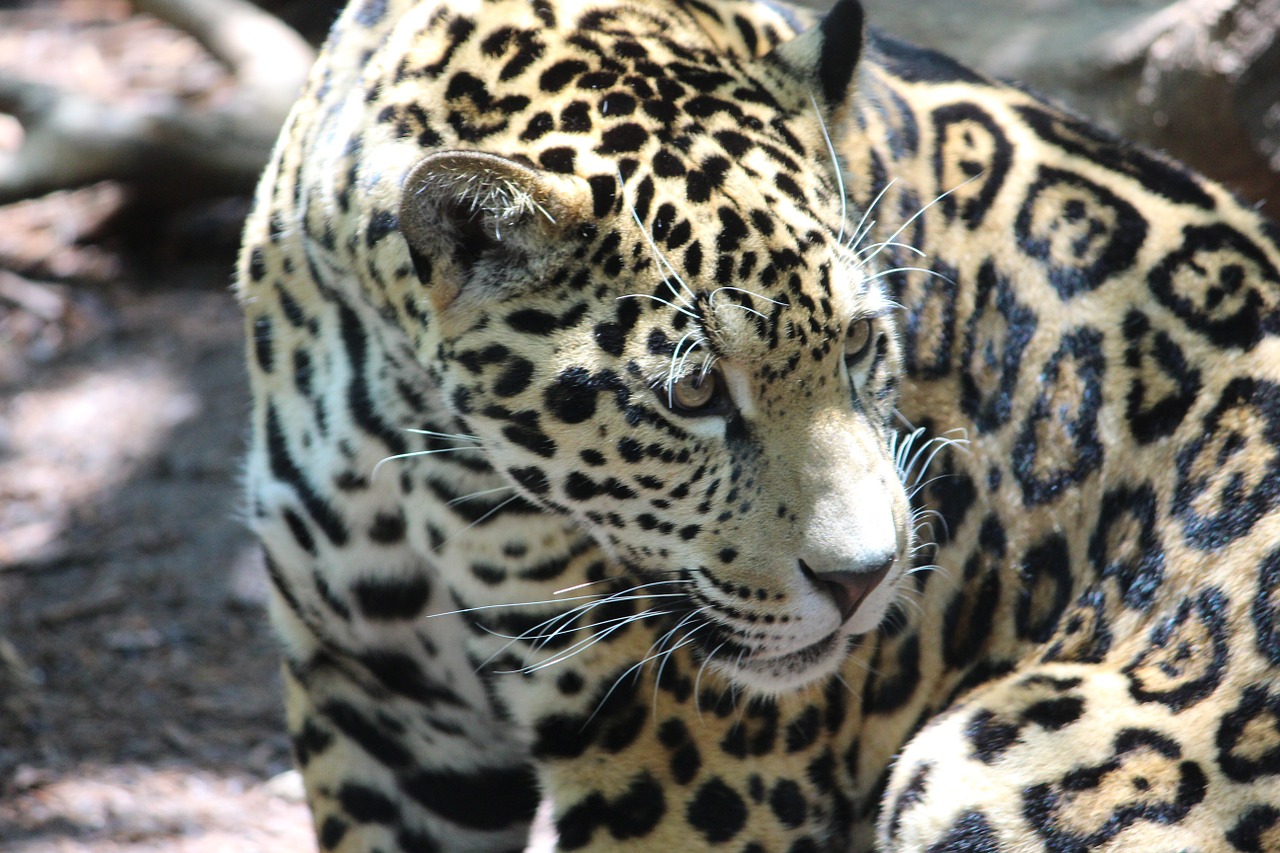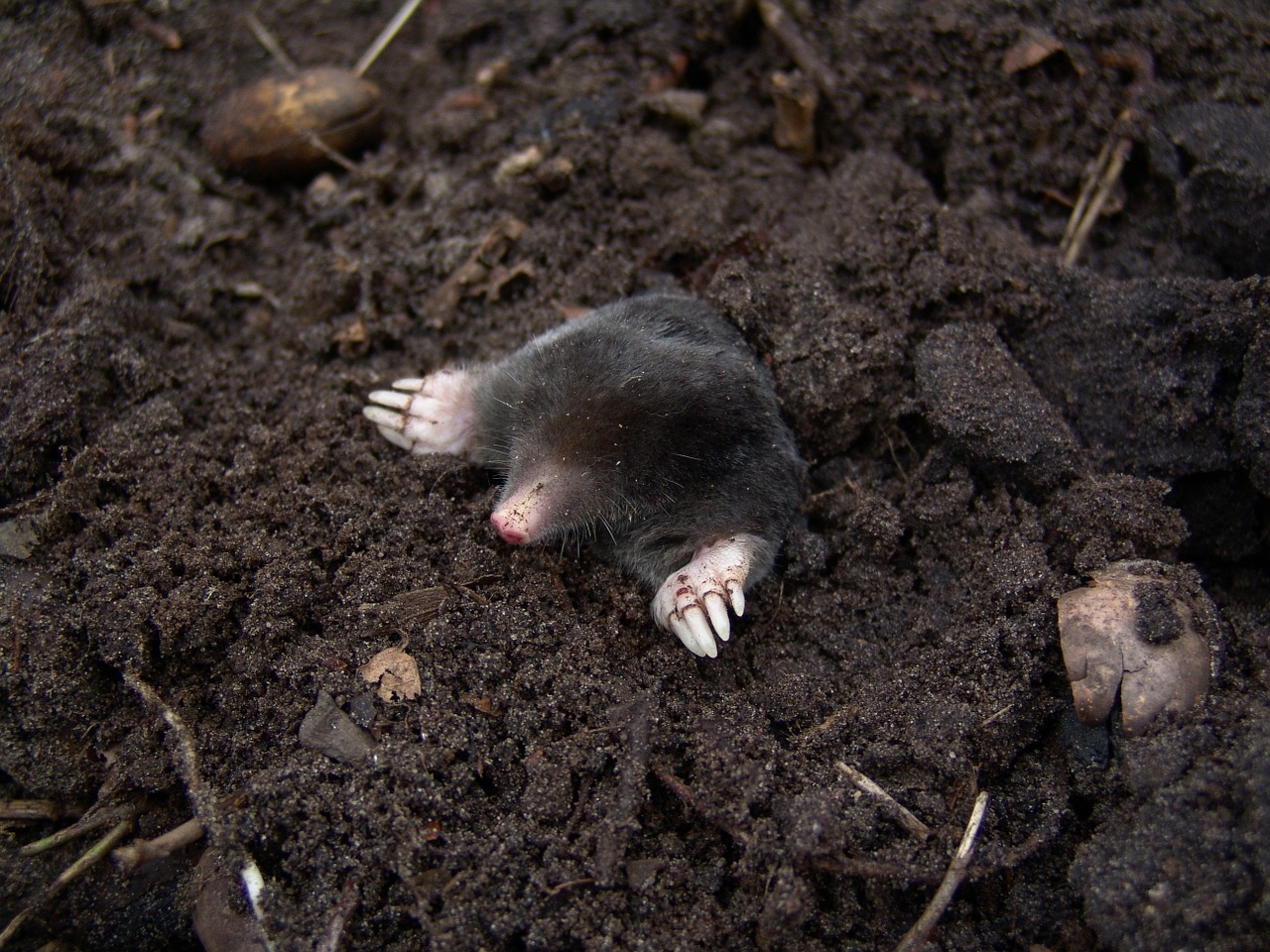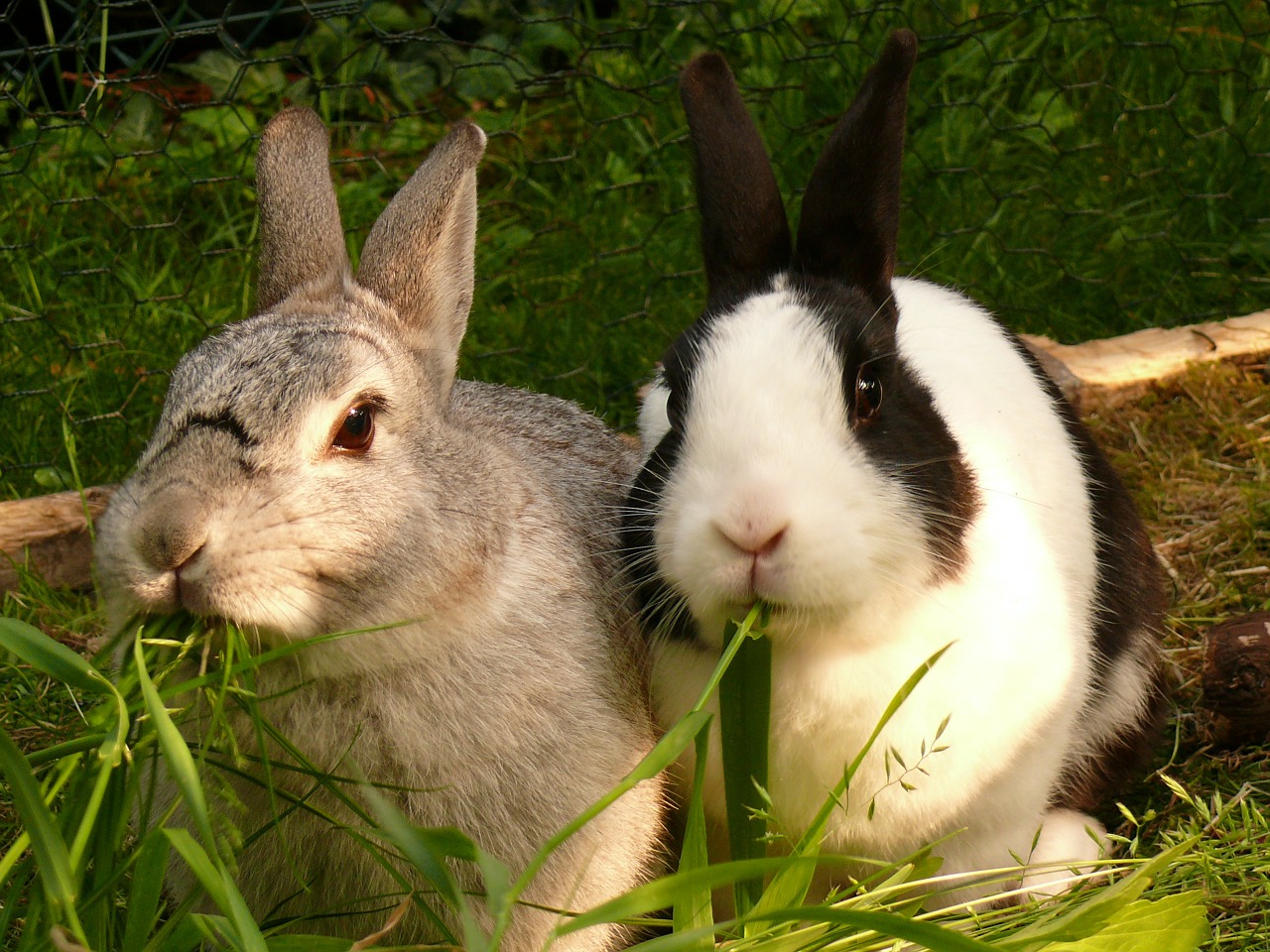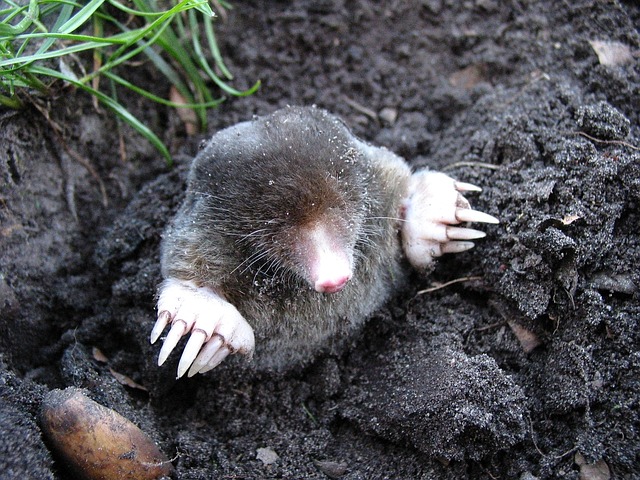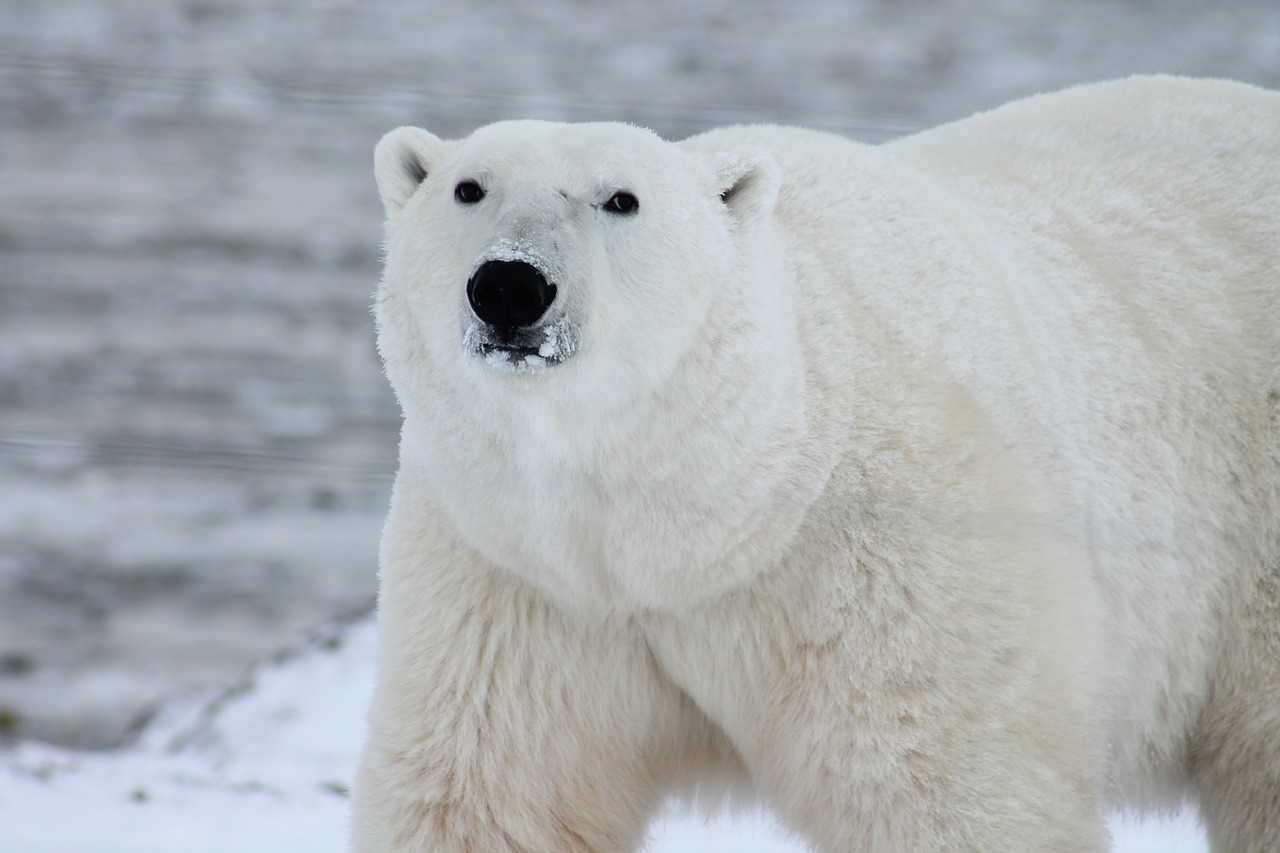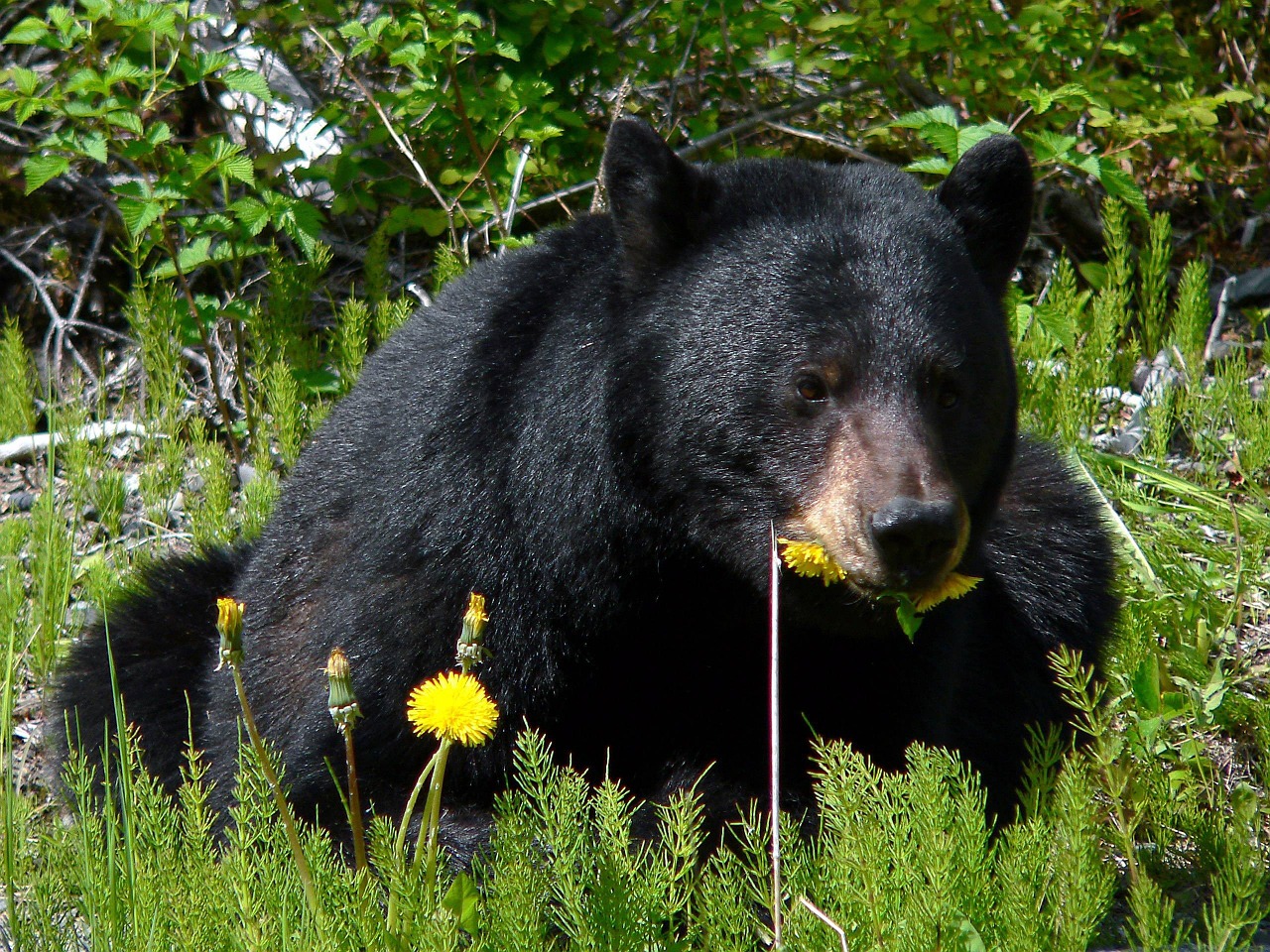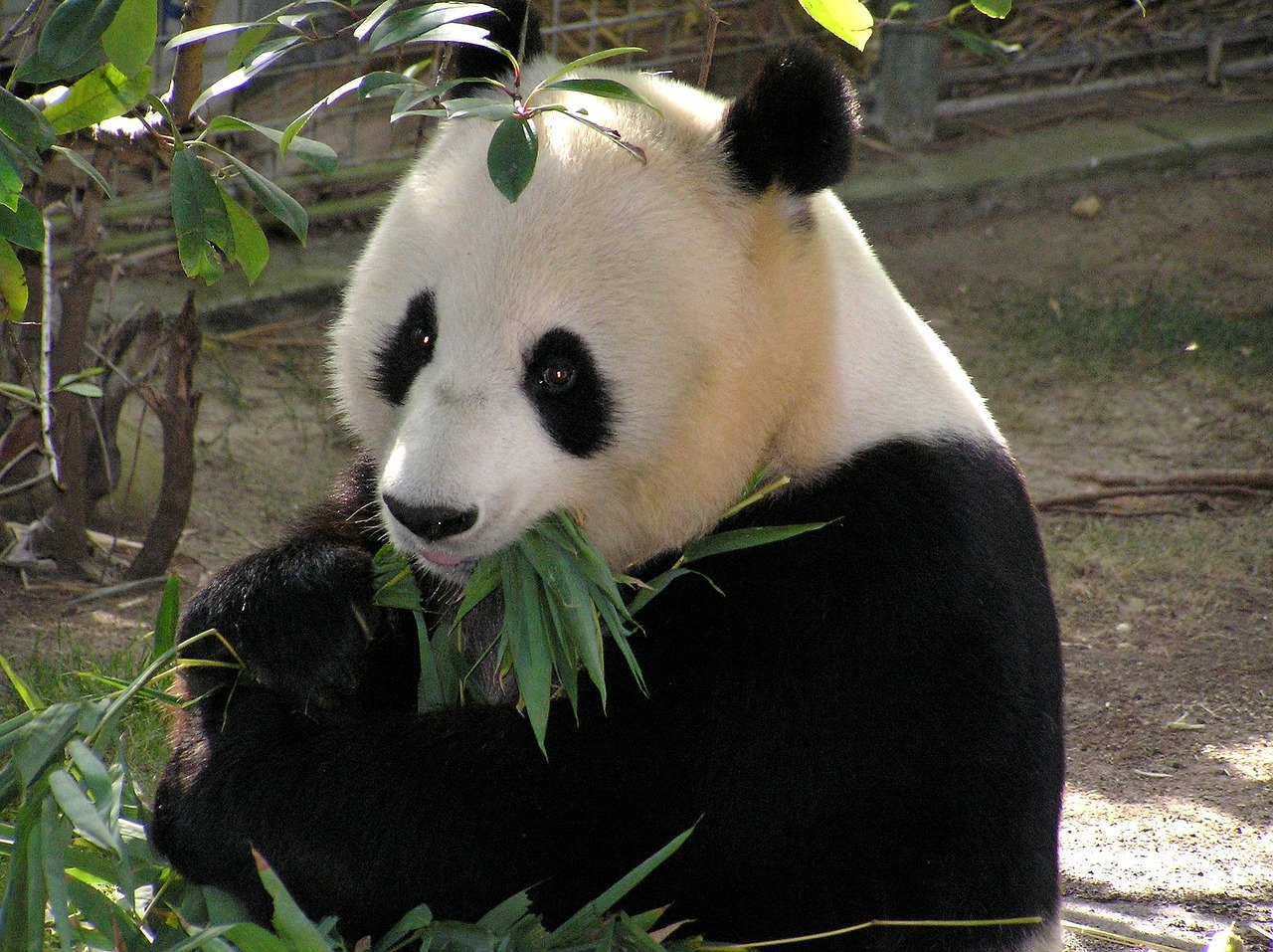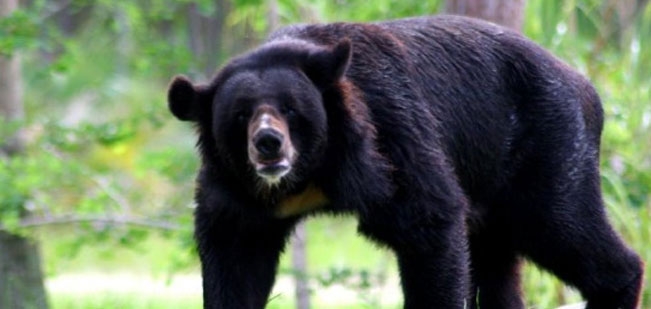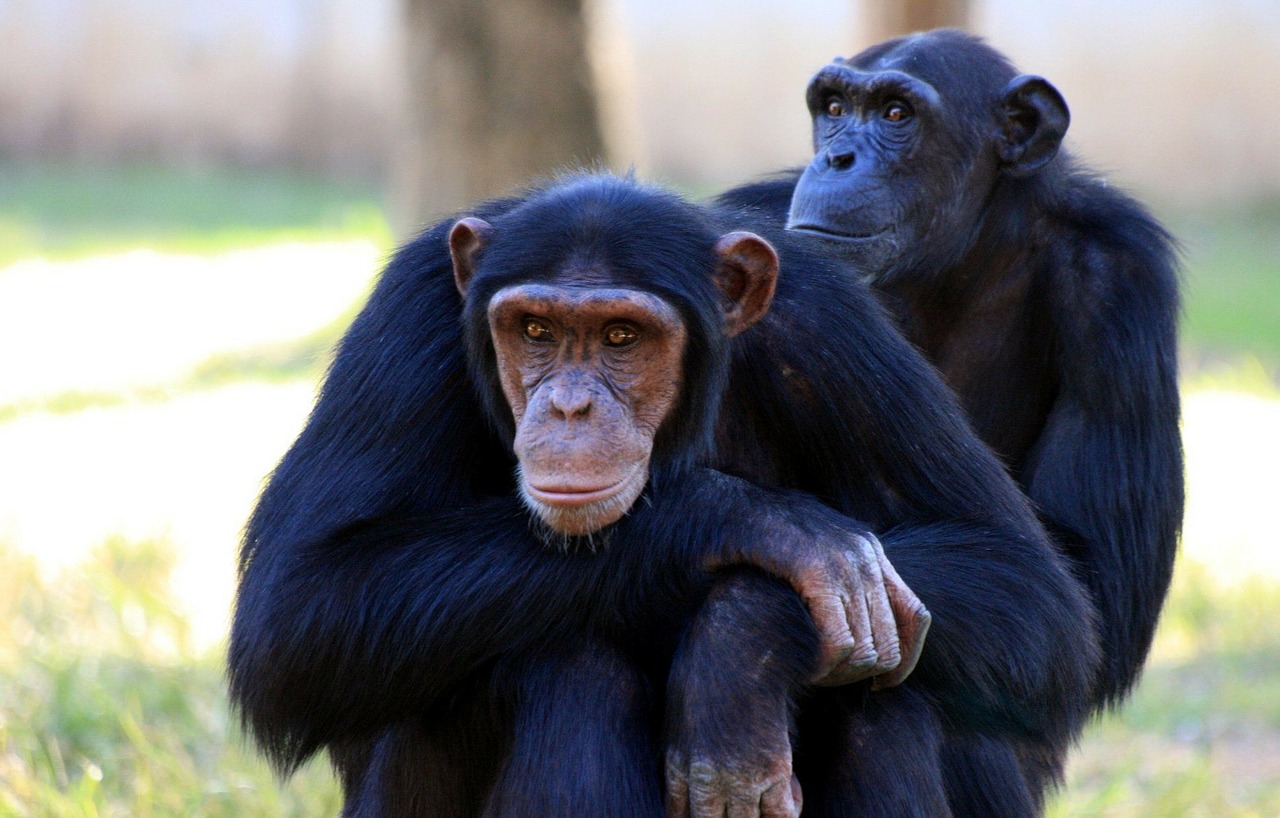Scientific classification: The jaguar belongs to the family Felidae. It is classified as Panthera onca Introduction The Jaguar is a muscular, stocky member of the cat family found primarily in Central and South America. It is the third largest of the world’s cats and the largest and most power
Browse more
Scientific classification: Moles belong to the family Talpidae in the order Insectivora. The eastern mole is classified as Scalopus aquaticus, the western mole as Scapanus townsendii, the hairy-tailed mole as Parascalops breweri, the star-nosed mole as Condylura cristata, and the shrew mole as Neuro
Scientific classification: Rabbits and hares belong to the family Leporidae of the order Lagomorpha. Cottontails are classified in the genus Sylvilagus. Where can Rabbits be found? Rabbits and Hares are common name for certain small, furry mammals with long ears and short tails. Although the name ra
Scientific classification: The aardvark makes up the order Tubulidentata. It is classified as Orycteropus afer. What is an Aardvark? The Aardvark is common name for a burrowing, ant-eating mammal. The aardvark is found throughout much of Africa, from the southern part of Egypt to the Cape of Good
Scientific classification: Moles belong to the family Talpidae in the order Insectivora. The eastern mole is classified as Scalopus aquaticus, the western mole as Scapanus townsendii. What moles are? Moles are small mammals adapted to a subterranean lifestyle. They have cylindrical bodies, velvety f
Scientific classification: The polar bear belongs to the family Ursidae in the order Carnivora. It is classified as Ursus maritimus. Introduction The Polar Bear is the common name for a white bear found on the sea ice of the Arctic Circle throughout the North Polar basin. The only marine bear, it is
Scientific classification: The American black bear belongs to the family Ursidae in the order Carnivora. It is classified as Ursus americanus. Introduction The American Black Bear is a common name for a medium-sized bear of North America. what do black bears eat The American black bear often has a w
Scientific classification: The giant panda was formerly classified as a member of the raccoon family, but is now considered a true bear. why are giant pandas endangered The giant panda belongs to the subfamily Ailuropodinae in the family Ursidae Introduction The Giant Panda is a bamboo-eating bear t
Scientific classification: The sloth bear belongs to the family Ursidae in the order Carnivora. It is classified as Melursus ursinus. Introduction The Sloth Bear are a common name for a bear with very shaggy, long fur; a rather flattened head; and a large, whitish, U- or V-shaped patch on its chest.
Scientific classification: Chimpanzees belong to the Primate order. Some scientists classify chimpanzees in the family Pongidae and other scientists place chimpanzees in the family Hominidae. Introduction Chimpanzee are apes of equatorial Africa that, physically and genetically, are the animal most

